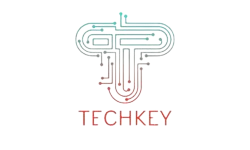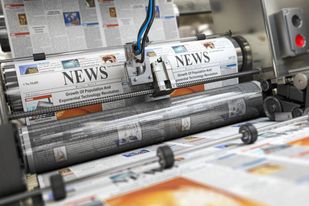The Automation Edge: Sequences vs Workflows Explored

Automation technologies are now essential for companies trying to remain ahead of the curve in the rapidly changing fields of digital marketing and customer relationship management (CRM).
A comprehensive platform with a host of automation capabilities to improve productivity and optimize operations, HubSpot stands out among the many solutions available.
HubSpot’s automation toolkit includes two essential elements: workflows and sequences.
In this article, we delve into the functionalities of HubSpot Sequences vs Workflows, exploring their distinct advantages and use cases.
Sequences: Personalized Communication at Scale
1. Tailored Communication
Sales and marketing teams may use sequences to mass-tailor communications with leads and prospects.
Businesses may effectively cultivate connections and advance prospects through the sales funnel by constructing an automated email series that is customized for particular personas or groups.
2. Timely Follow-ups
The ability to plan follow-up emails depending on recipient behavior is one of Sequences’ best capabilities.
Sequences allow users to initiate automated follow-ups in response to responses, clicks, or lack of interaction, guaranteeing timely and pertinent communication.
3. A/B Testing Features
Sequences provide A/B testing features that let users try out various subject lines, content variants, and send timings to maximize email performance.
Marketers can optimize engagement and improve their email strategy by examining the data.
4. Seamless Integration
Sequences offer a single platform for managing contacts, monitoring interactions, and evaluating performance indicators.
It is seamlessly linked with HubSpot’s CRM.
Through this link, users may obtain important insights into the behavior and engagement of leads while also increasing productivity.
Workflows: Streamlining Processes for Efficiency
1. Automated Task Management
Workflows let companies automate time-consuming operations and optimize departmental procedures.
Workflows improve productivity by streamlining daily chores and streamlining contact attributes, allocating tasks to team members, and initiating follow-up actions based on preset criteria.
2. Lead nurturing and segmentation
Marketers may generate dynamic segmentation according to lead behavior, interactions, and lifecycle stage by utilizing workflow.
This makes it possible to use focused lead nurturing techniques and provide experiences and material that are unique to each prospect.
3. Multi-channel Automation
Workflows provide multi-channel automation features, in contrast to Sequences, which are mostly focused on email communication.
Workflows offer a consolidated platform for coordinating a variety of marketing operations, from email marketing and social media outreach to internal notifications and CRM changes.
4. Conditional Logic
Workflows give users access to sophisticated conditional logic that enables accurate automation based on a variety of parameters, such as interaction history, behaviour, and contact attributes.
Because of its adaptability, automation tactics may be greatly adjusted to meet the needs of different audience segments and company goals.
Choosing the Right Tool for Your Needs
There is no one-size-fits-all method for deciding between Sequences and Workflows.
Your particular company requirements, goals, and process complexity will determine which option is best.
- For Personalized Email Communication: Sequences provides a strong solution with integrated customization and follow-up features if your main objective is to optimize email communication and nurture leads through targeted email sequences.
- For Comprehensive Automation Across Channels: Workflows offer the adaptability and scalability needed to coordinate intricate automation processes if your automation requirements go beyond email marketing to include tasks, notifications, and multi-channel campaigns.
- For Integrated CRM Functionality: HubSpot’s CRM and Sequences are perfectly connected, allowing users to make use of engagement and contact analytics to create more potent automation tactics.
Also Read: Intriguing World of Stealthother.site: A Comprehensive Guide
Conclusion
Automation technologies are essential for increasing productivity, efficiency, and client interaction in the dynamic fields of CRM and digital marketing.
Workflows and Sequences from HubSpot are particularly potent automation tools, each with special capabilities catered to certain business requirements.
To maximize the efficacy of your automation techniques and meet your marketing goals. It’s critical to comprehend the distinctions between Sequences vs. Workflows. Whether you’re wanting to customize email communication or simplify multi-channel automation.








